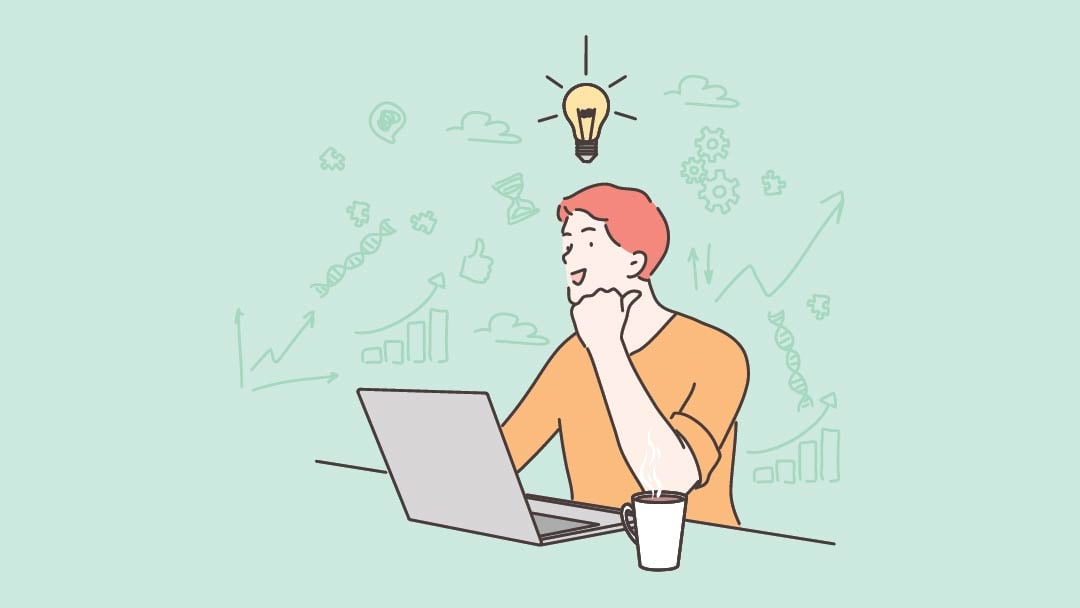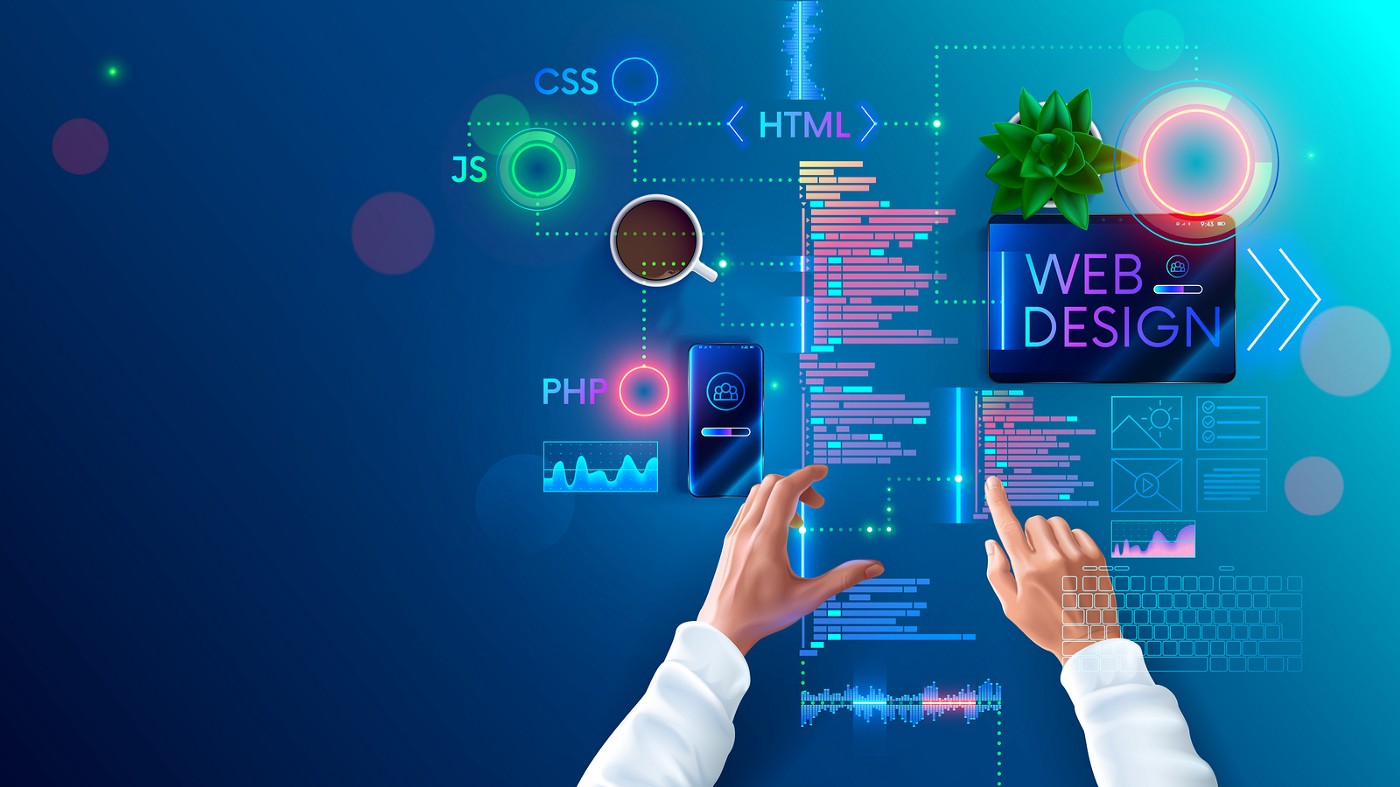All Categories
Featured
Table of Contents
- – Lifted Logic: Web Design In Kansas City - Seo ...
- – Collaborate & Create Amazing Graphic Design F...
- – Chavez Web Design: Web Design San Diego - Bak...
- – Custom Web Design, Development & Digital Mark...
- – What Can I Do With A Web Design And Developme...
- – What Is Web Design? - Interaction Design Foun...
- – Web Design - Wikipedia Tips and Tricks:
- – The Top Ecommerce, Website Design ... - Seat...
- – Top Web Design Courses Online - Updated [Apr...
- – Web Design Inspiration : The Best Website De...
- – Mrw Web Design - Wordpress Websites For Nonp...
Lifted Logic: Web Design In Kansas City - Seo - Website ... Tips and Tricks:
Quick summary Functionality and the energy, not the visual design, figure out the success or failure of a site. Considering that the visitor of the page is the only person who clicks the mouse and therefore decides whatever, user-centric design has actually established as a standard approach for successful and profit-oriented website design - web design frederick md.
and the utility, not the visual design, identify the success or failure of a website. Considering that the visitor of the page is the only person who clicks the mouse and for that reason chooses whatever, user-centric style has ended up being a standard approach for effective and profit-oriented website design. After all, if users can't use a function, it may also not exist.
g. where the search box must be positioned) as it has actually already been carried out in a number of posts; rather we focus on the approaches which, used correctly, can lead to more advanced design decisions and simplify the process of viewing presented info. Please notice that you may be interested in the usability-related articles we've published prior to: Concepts Of Excellent Site Design And Reliable Web Design Standards, In order to use the concepts effectively we first need to understand how users communicate with websites, how they believe and what are the basic patterns of users' habits.
Collaborate & Create Amazing Graphic Design For Free Tips and Tricks:
Visitors look at each brand-new page, scan some of the text, and click on the first link that catches their interest or slightly looks like the important things they're searching for. There are big parts of the page they do not even look at. A lot of users browse for something interesting (or beneficial) and clickable; as quickly as some appealing candidates are found, users click.
If a page offers users with premium content, they are prepared to compromise the content with advertisements and the style of the site. This is the reason not-that-well-designed sites with premium content get a great deal of traffic over years. Material is more crucial than the style which supports it.

Users do not read, they scan. Notice how "hot" locations abrupt in the middle of sentences. This is typical for the scanning process. Very easy concept: If a site isn't able to satisfy users' expectations, then designer stopped working to get his job done properly and the business loses money. The higher is the cognitive load and the less instinctive is the navigation, the more prepared are users to leave the website and search for options.
Chavez Web Design: Web Design San Diego - Bakersfield ... Tips and Tricks:
Neither do they scan web page in a direct fashion, going sequentially from one site area to another one. Rather users satisfice; they select the very first affordable choice. As quickly as they discover a link that looks like it may result in the objective, there is a great opportunity that it will be instantly clicked.
It does not matter to us if we understand how things work, as long as we can use them. If your audience is going to imitate you're designing signboard, then style fantastic billboards." Users desire to be able to manage their browser and rely on the constant data discussion throughout the site.
If the navigation and website architecture aren't intuitive, the number of concern marks grows and makes it harder for users to comprehend how the system works and how to obtain from point A to point B. A clear structure, moderate visual ideas and easily identifiable links can assist users to discover their course to their aim.
Custom Web Design, Development & Digital Marketing ... Tips and Tricks:

Since users tend to explore websites according to the "F"-pattern, these three declarations would be the first aspects users will see on the page once it is loaded. The design itself is simple and intuitive, to understand what the page is about the user requires to browse for the answer.
Once you've accomplished this, you can communicate why the system is useful and how users can benefit from it. People won't utilize your website if they can't find their method around it. 2. Do Not Squander Users' Patience, In every task when you are going to use your visitors some service or tool, attempt to keep your user requirements very little.
Novice visitors want to, not filling long web forms for an account they might never utilize in the future. Let users check out the website and discover your services without requiring them into sharing personal data. It's not reasonable to force users to get in an email address to test the feature.
What Can I Do With A Web Design And Development Degree? Tips and Tricks:
Stikkit is a best example for an user-friendly service which requires practically absolutely nothing from the visitor which is unobtrusive and reassuring. And that's what you want your users to feel on your web site. Obviously, Termite requires more. The registration can be done in less than 30 seconds as the kind has horizontal orientation, the user doesn't even require to scroll the page.
A user registration alone is sufficient of an obstacle to user navigation to cut down on inbound traffic. Manage To Focus Users' Attention, As websites provide both fixed and vibrant content, some elements of the user interface draw in attention more than others do.
Focusing users' attention to specific locations of the website with a moderate use of visual elements can help your visitors to get from point A to point B without thinking about how it actually is expected to be done. The less question marks visitors have, the they have and the more trust they can establish towards the company the site represents.
What Is Web Design? - Interaction Design Foundation (Ixdf) Tips and Tricks:
4. Strive For Feature Exposure, Modern website design are typically criticized due to their approach of directing users with visually appealing 1-2-3-done-steps, large buttons with visual results etc. But from the design viewpoint these elements actually aren't a bad thing. On the contrary, such as they lead the visitors through the site content in a very simple and user-friendly method.
The website has 9 primary navigation alternatives which show up at the first glimpse. The choice of colors might be too light. is an essential concept of effective interface style. It doesn't truly matter how this is achieved. What matters is that the content is well-understood and visitors feel comfy with the method they interact with the system.
com gets directly to the point. No adorable words, no exaggerated declarations. Instead a price: just what visitors are searching for. An ideal option for effective writing is touse brief and concise phrases (come to the point as quickly as possible), usage scannable layout (classify the material, utilize numerous heading levels, utilize visual components and bulleted lists which break the flow of consistent text blocks), use plain and objective language (a promotion doesn't need to sound like advertisement; offer your users some affordable and objective reason why they should use your service or stay on your website)6.
Web Design - Wikipedia Tips and Tricks:
Users are hardly ever on a site to delight in the design; furthermore, most of the times they are looking for the information regardless of the style - web design frederick md. Aim for simpleness instead of intricacy. From the visitors' viewpoint, the best website style is a pure text, with no advertisements or additional content blocks matching precisely the question visitors utilized or the content they've been looking for.
Finch plainly presents the information about the site and gives visitors an option of options without overcrowding them with unnecessary content. Not just does it assist to for the visitors, however it makes it possible to view the info provided on the screen.
Complex structures are more difficult to read, scan, analyze and work with. If you have the choice in between separating two design sectors by a noticeable line or by some whitespace, it's typically better to use the whitespace service. (Simon's Law): the better you manage to supply users with a sense of visual hierarchy, the much easier your material will be to view.
The Top Ecommerce, Website Design ... - Seattle Tips and Tricks:
The exact same conventions and guidelines must be applied to all elements.: do the most with the least amount of hints and visual aspects. Clearness: all elements ought to be developed so their significance is not ambiguous.
Conventions Are Our Friends, Conventional design of website components does not lead to an uninteresting website. As they lower the finding out curve, the need to figure out how things work. For example, it would be an use headache if all websites had different visual presentation of RSS-feeds. That's not that different from our routine life where we tend to get utilized to standard concepts of how we arrange data (folders) or do shopping (placement of products).
understand what they're expecting from a website navigation, text structure, search positioning etc. A common example from use sessions is to equate the page in Japanese (presuming your web users do not understand Japanese, e. g. with Babelfish) and offer your functionality testers with a task to find something in the page of different language.
Top Web Design Courses Online - Updated [April 2022] - Udemy Tips and Tricks:
Steve Krug recommends that it's better to, however take benefits of conventions when you don't. 10. Test Early, Test Often, This so-called TETO-principle must be used to every website design task as usability tests often provide into substantial problems and concerns connected to an offered layout. Test not far too late, not insufficient and not for the wrong factors.
Some crucial points to bear in mind: according to Steve Krug, and screening one user early in the job is much better than screening 50 near completion. Accoring to Boehm's first law, mistakes are most regular throughout requirements and style activities and are the more pricey the later on they are eliminated.
That indicates that you develop something, test it, repair it and then test it again. There might be problems which have not been found throughout the preliminary as users were practically blocked by other problems. use tests. Either you'll be pointed to the problems you have or you'll be indicated the lack of major style flaws which remains in both cases an useful insight for your task.
Web Design Inspiration : The Best Website Design Ideas Tips and Tricks:

This holds for designers. After you have actually worked on a website for couple of weeks, you can't observe it from a fresh viewpoint any longer. You understand how it is constructed and therefore you know exactly how it works you have the wisdom independent testers and visitors of your site wouldn't have.
It can be linked to other locations such as graphic style, user experience, and multimedia arts, however is more aptly seen from a technological viewpoint. It has become a large part of people's everyday lives. It is difficult to imagine the Web without animated graphics, various designs of typography, background, videos and music.

Throughout 1991 to 1993 the Internet was born. Text-only pages could be seen using a basic line-mode browser. In 1993 Marc Andreessen and Eric Bina, produced the Mosaic web browser. At the time there were numerous web browsers, nevertheless most of them were Unix-based and naturally text heavy. There had been no integrated approach to graphic style aspects such as images or noises.
Mrw Web Design - Wordpress Websites For Nonprofits ... Tips and Tricks:
The W3C was developed in October 1994 to "lead the World Wide Web to its complete potential by establishing typical procedures that promote its development and ensure its interoperability." This prevented any one business from monopolizing a propriety browser and programming language, which could have modified the result of the World Wide Web as a whole.
As this has occurred the innovation of the web has likewise moved on. There have actually also been substantial modifications in the method individuals use and access the web, and this has altered how websites are created.
Learn more about Lovell Media Group LLC or TrainACETable of Contents
- – Lifted Logic: Web Design In Kansas City - Seo ...
- – Collaborate & Create Amazing Graphic Design F...
- – Chavez Web Design: Web Design San Diego - Bak...
- – Custom Web Design, Development & Digital Mark...
- – What Can I Do With A Web Design And Developme...
- – What Is Web Design? - Interaction Design Foun...
- – Web Design - Wikipedia Tips and Tricks:
- – The Top Ecommerce, Website Design ... - Seat...
- – Top Web Design Courses Online - Updated [Apr...
- – Web Design Inspiration : The Best Website De...
- – Mrw Web Design - Wordpress Websites For Nonp...
Latest Posts
Wicky Design: Philadelphia Web Design Tips and Tricks:
Webdesign Designs, Themes, Templates And ... - Dribbble Tips and Tricks:
Penner Home - Durham Web Design - Penner Web Design ... Tips and Tricks:
More
Latest Posts
Wicky Design: Philadelphia Web Design Tips and Tricks:
Webdesign Designs, Themes, Templates And ... - Dribbble Tips and Tricks:
Penner Home - Durham Web Design - Penner Web Design ... Tips and Tricks: